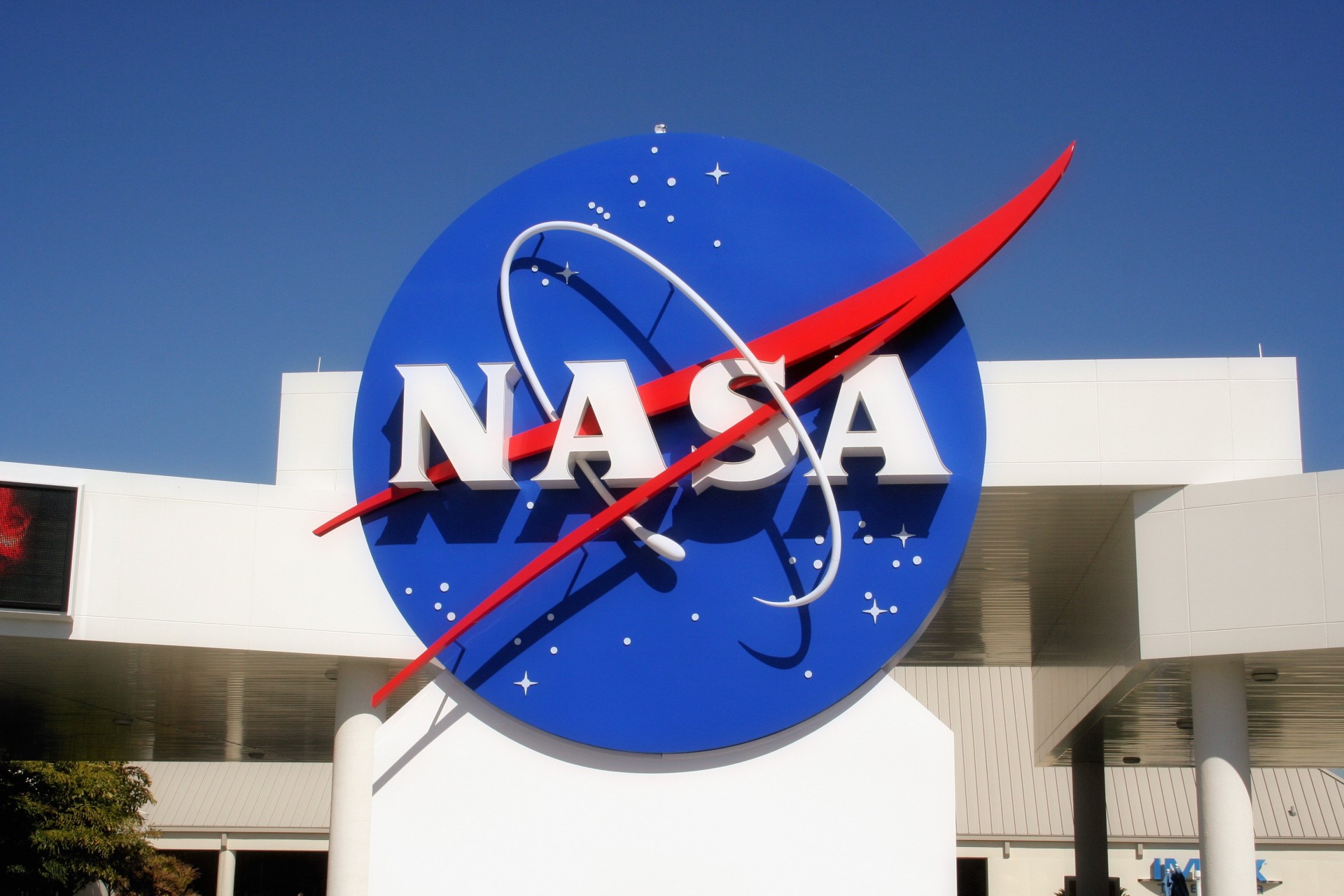The Future of Interstellar Travel: Possibilities and Challenges

Introduction to Interstellar Travel
Interstellar travel, the journey between stars in different solar systems, has captivated the imagination of scientists and space enthusiasts alike. As humanity stands on the brink of defining our space-faring future, understanding the intricacies of interstellar exploration has never been more important. The quest to travel beyond our solar system has implications for the survival of our species, potential colonisation of other planets, and possibly even the discovery of extraterrestrial life.
The Importance of Interstellar Exploration
In recent years, interstellar travel has shifted from the realm of science fiction to a subject of serious scientific inquiry. With the launch of missions like the Voyager probes, which have now entered interstellar space, we have begun to gather essential data about the boundaries of our solar system. But reaching another star system presents unprecedented challenges: the closest star, Proxima Centauri, is approximately 4.24 light-years away.
Theoretical concepts, such as the Alcubierre warp drive, suggest that future spacecraft could potentially achieve faster-than-light travel, revolutionising our approach to interstellar journeys. Researchers at organisations like NASA and the European Space Agency are currently investigating advanced propulsion technologies, including solar sails and nuclear thermal engines, which could make interstellar travel more feasible within the next century.
Current Developments and Research
Ongoing studies into peer-reviewed papers reveal that various technologies are in the conceptual phase, aiming to accelerate humanity’s interstellar ambitions. A notable project is the Breakthrough Starshot initiative, which seeks to develop a fleet of tiny spacecraft capable of travelling to the Alpha Centauri system by using powerful ground-based lasers to propel them to a significant fraction of the speed of light.
In addition, academic institutions worldwide are exploring astrobiology, cosmology, and advanced physics to understand not only how we can travel to other stars, but also where we might go. The discovery of exoplanets in habitable zones around other stars increases the potential for life existing elsewhere, a motivating factor for these explorations.
Conclusion: The Road Ahead for Interstellar Travel
As we forge ahead into the cosmos, interstellar travel remains a complex yet exciting pursuit. The significance of this research is not merely academic; it hints at the broader future of humanity and our place in the universe. If successful, interstellar missions could provide insights into the origins of life and the very fate of our planet.
While the timeline for practical interstellar travel remains uncertain, the evolving technology, renewed interest from global space agencies, and robust scientific inquiry may soon turn what once seemed impossible into our reality. The future of interstellar travel, filled with both excitement and challenges, promises to redefine what it means to be human in an expansive and mysterious universe.
You may also like

Understanding When is the Shortest Day of the Year

The NASA Predictions for the Longest Solar Eclipse
